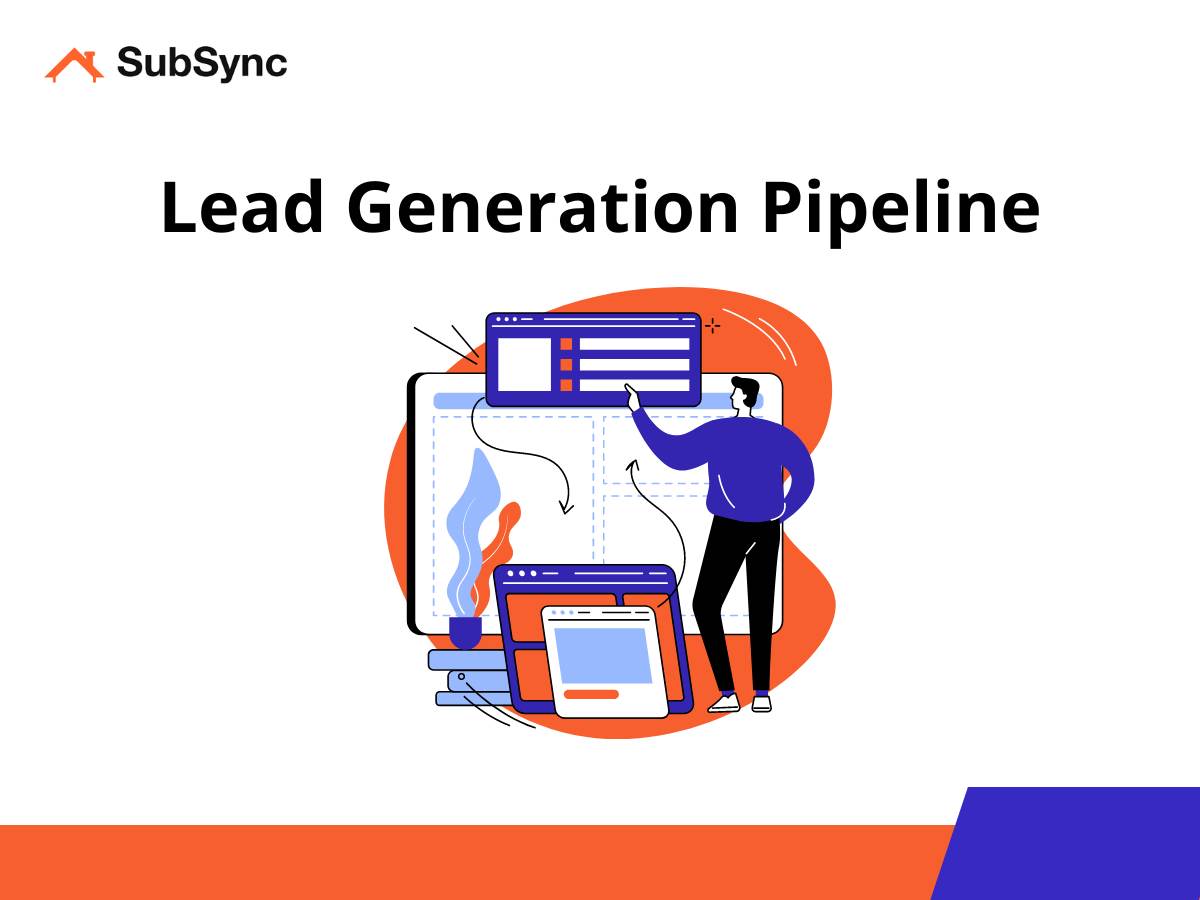Lead Generation Pipeline: Everything You Need to Know in 2024
Sep 10, 2024
In this article, we will explore exactly what a lead generation pipeline is. We also share our simple 8 step pipeline strategy for lead generation. Read on to learn more.

What is a Pipeline for Lead Generation?
A pipeline for lead generation is a structured sequence of steps designed to guide potential customers from initial awareness to the final purchase. It systematically organizes the process of converting prospects into leads and then customers.
Example: Samsung Electronics markets the "SmartHome Hub 3000" using a lead generation pipeline where they target homeowners aged 30-55 through Google Ads, capture leads through a signup form offering a 20% discount code, and then nurture these leads with weekly emails highlighting features and customer testimonials. This structured approach helps convert an average of 150 leads per month into active customers.
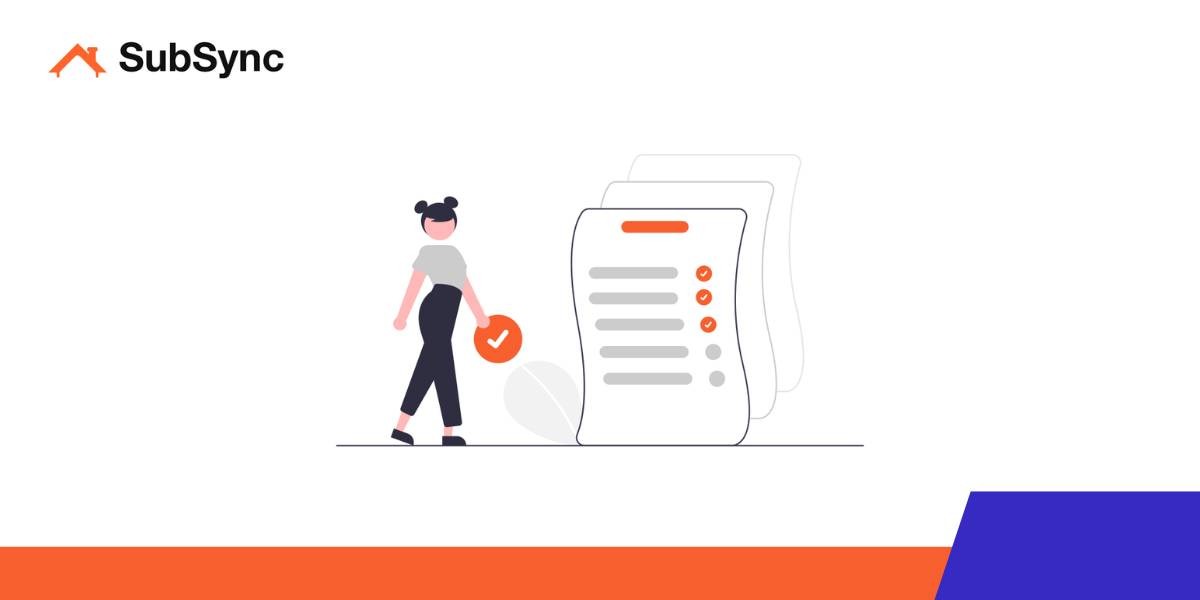
Benefits of Pipeline Approach to Lead Generation
Here are some of the most common benefits of using a pipeline strategy for lead generation:
1. Creates a Streamlined and Organized Lead Generation Process
A pipeline approach organizes lead generation into clear stages, making it easier to track progress and identify areas needing improvement. This ensures a more efficient workflow and helps teams stay focused on converting leads.
2. Improves Lead Qualification and Focus on High-Potential Prospects
By moving prospects through distinct stages, it becomes easier to filter out unqualified leads early. This helps sales teams focus on high-potential prospects, improving conversion rates.
3. Increases Accountability with Measurable Performance Metrics
Each stage in the pipeline is measurable, allowing teams to set clear goals and track performance at each step. This increases accountability and helps optimize strategies based on real-time data.
4. Enhances Customer Engagement with Automated Touchpoints
A pipeline approach often involves automated touchpoints, such as follow-up emails or product demos, which keep leads engaged throughout the buying process. This sustained interaction builds trust and keeps your brand top-of-mind.
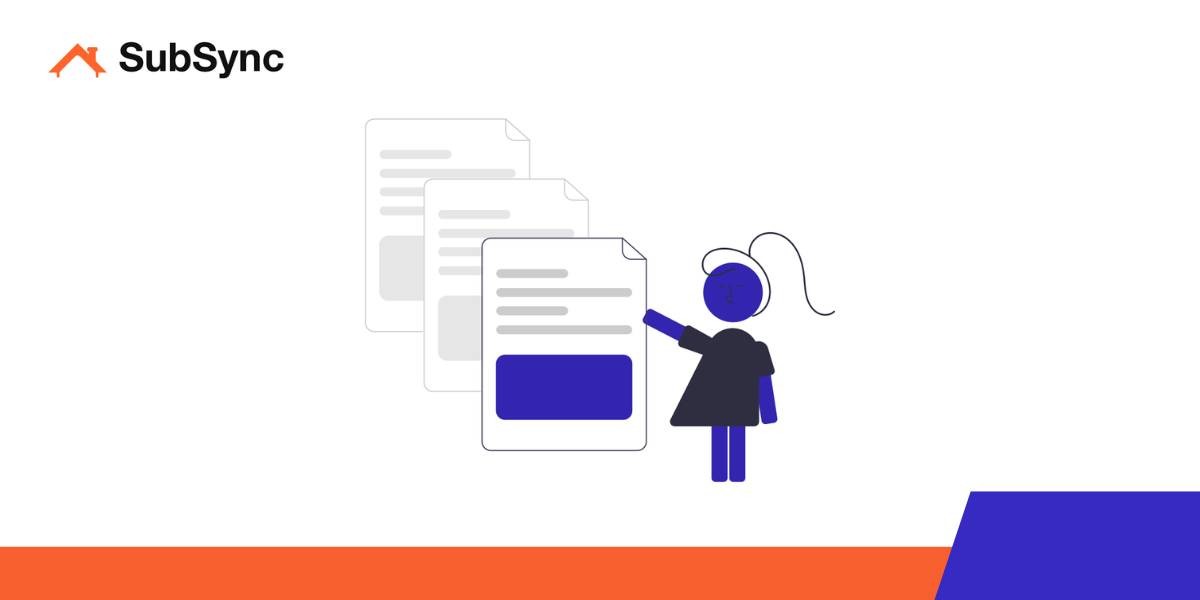
Challenges of Using Pipeline Strategy for Lead Generation
While a pipeline strategy offers many advantages, it also comes with certain challenges. Here are some of the most common challenges:
1. Requires Ongoing Monitoring and Optimization to Prevent Inefficiencies
A pipeline strategy demands ongoing attention to ensure each stage is functioning properly. Without regular monitoring, inefficiencies can build up, leading to missed opportunities and lower conversion rates.
2. Setting Up and Maintaining a Pipeline Can Be Resource-Intensive
Building and managing a lead generation pipeline often requires significant time, staff, and technology resources. Smaller businesses may find it difficult to invest in the tools and personnel needed to maintain a successful pipeline.
3. Leads Can Be Lost During the Middle Stages Without Proper Engagement
Leads may drop off during the nurturing stages if communication isn’t personalized or timely enough. This makes it crucial to keep engagement high throughout the process, which can be challenging without proper automation or follow-up strategies.
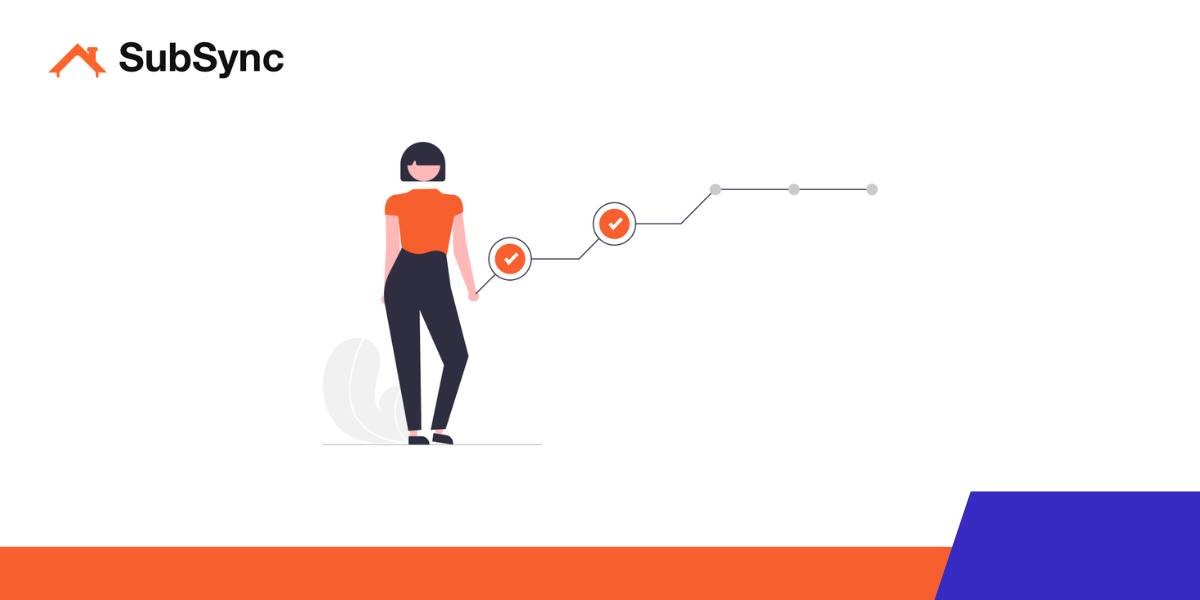
8 Step Pipeline Process for Lead Generation
Use our 8-step pipeline process to effectively manage and optimize your lead generation efforts. Simply follow the steps below:
1. Clearly Define Your Target Audience for Effective Outreach
Start by identifying the specific group of people or businesses you want to reach with your product or service. Understanding your target audience helps tailor your messaging and outreach efforts effectively.
Example: Samsung identifies homeowners aged 30-55 who are interested in smart home technology as their target audience for the "SmartHome Hub 3000."
2. Create an Irresistible Lead Magnet to Attract Prospects
Offer something valuable, such as a free trial, discount, or exclusive content, to entice potential leads. This encourages them to provide their contact details in exchange.
Example: Salesforce offers a 30-day free trial of its CRM software, generating 500 new leads each month from their lead magnet.
3. Build a High-Converting Landing Page for Lead Capture
Build a landing page where prospects can learn more about your offering and submit their contact information. This page should have a clear call-to-action and simple form.
Example: Nike creates a landing page for their latest Air Max shoes, capturing 200 leads by offering a 10% discount for email sign-ups.
4. Drive Targeted Traffic to Your Lead Capture Page Using Paid and Organic Strategies
Drive traffic to your lead capture page using a mix of paid ads and organic marketing strategies. This can include social media ads, Google ads, SEO, and email marketing.
Example: Adobe runs Google Ads for their Creative Cloud, spending $3,000 per week and bringing in 1,000 new leads through targeted campaigns.
5. Qualify Leads to Focus on High-Potential Prospects
After capturing leads, evaluate them based on specific criteria such as interest level or budget to focus on high-potential prospects. This ensures your team spends time on leads most likely to convert.
Example: HubSpot qualifies leads based on a lead scoring system, narrowing 1,500 monthly leads down to 500 that are ready for follow-up.
6. Nurture Captured Leads with Automated Content to Build Trust
Send automated emails, product demos, or helpful content to keep leads engaged and guide them toward a purchase decision. Consistent communication builds trust and interest.
Example: Shopify nurtures leads with weekly emails highlighting e-commerce success stories, converting 20% of 1,000 leads into paying users.
7. Transfer Qualified Leads to the Sales Team for Direct Engagement
Once leads have been nurtured and are showing high engagement, pass them on to your sales team for direct contact. This is when prospects are most likely ready to buy.
Example: Zendesk hands over 300 qualified leads per month to their sales team, closing 60 deals on average.
8. Continuously Track and Analyze Pipeline Performance for Optimization
Use analytics tools to monitor each stage of your pipeline, from lead generation to conversion. Tracking results allows you to identify bottlenecks and optimize your pipeline over time.
Example: Dropbox tracks its lead-to-customer conversion rate and identifies that improving its email nurture sequence boosts conversions by 10%.
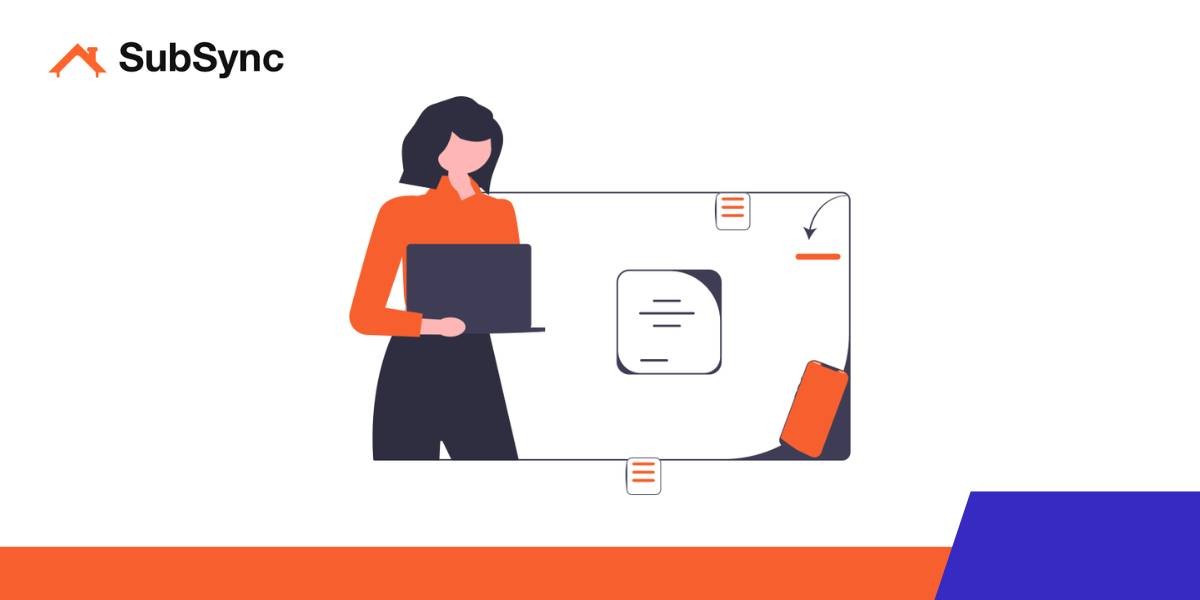
Example
GreenTech Solutions is a growing company focused on eco-friendly home products designed to reduce carbon footprints. Here's how they implemented our simple lead generation pipeline process.
1. Identifying Homeowners Interested in Eco-Friendly Living
GreenTech’s marketing team identified 5,000 homeowners in suburban areas across the U.S. with an interest in sustainable living. The list was based on their previous purchasing behavior and environmental awareness surveys.
2. Offering a Free Trial of the EcoPure Water Filter to Attract Leads
GreenTech launched a lead magnet campaign offering a free trial of their EcoPure Water Filter. They distributed 1,000 units to customers who signed up via a targeted email campaign and online ads.
3. Creating a High-Converting Landing Page to Capture Signups
A dedicated landing page was developed to promote the free EcoPure Water Filter trial. The page generated 750 signups within the first two weeks by clearly highlighting the environmental and financial benefits of the product.
4. Running Targeted Social Media Ads to Drive Traffic to the Landing Page
GreenTech ran Facebook and Google Ads targeting keywords like “reduce plastic waste” and “sustainable home products,” attracting 10,000 visitors to the landing page in just three weeks. The ads targeted individuals with interests in environmentalism and sustainable living.
5. Qualifying Leads Based on Interaction and Product Interest
Of the 750 signups, GreenTech segmented 300 highly engaged leads who frequently opened emails and interacted with product features on the website. These leads expressed interest in additional eco-friendly products, making them ideal for follow-up by the sales team.
6. Nurturing Leads with Personalized Emails Featuring Additional Eco-Products
Over the course of a month, GreenTech sent out a series of personalized emails featuring their full range of eco-friendly home solutions. This resulted in 200 of the leads purchasing either the EcoPure Water Filter or a combination of eco-friendly products.
7. Handing Over Highly Engaged Leads to the Sales Team for Follow-Up
Once leads showed consistent interaction, such as repeated clicks on product emails or requests for more information, GreenTech’s sales team contacted 100 of the most engaged prospects. Personalized calls and offers led to a 30% conversion rate among these high-interest leads.
8. Tracking Campaign Performance to Improve Future Lead Generation Efforts
GreenTech used data analytics tools to track the performance of their lead generation campaign. They identified that the email nurture campaign led to a 20% increase in conversions, prompting the team to replicate this strategy for future product launches.
We hope that you now have a better understanding of what a lead generation pipeline is and how to use our 8 Step pipeline process for lead generation. If you enjoyed this article, you might also like our article on lead generation challenges.

